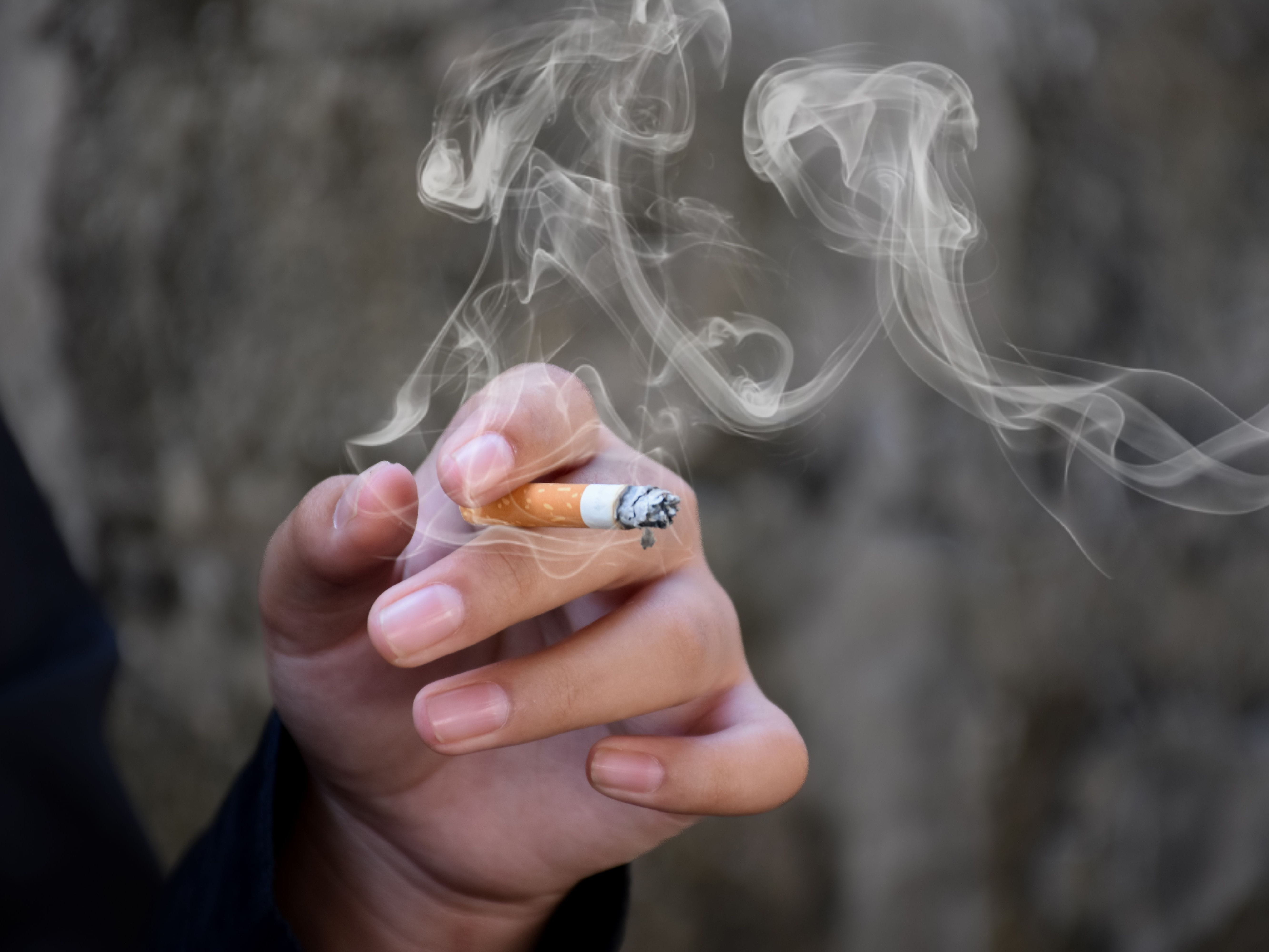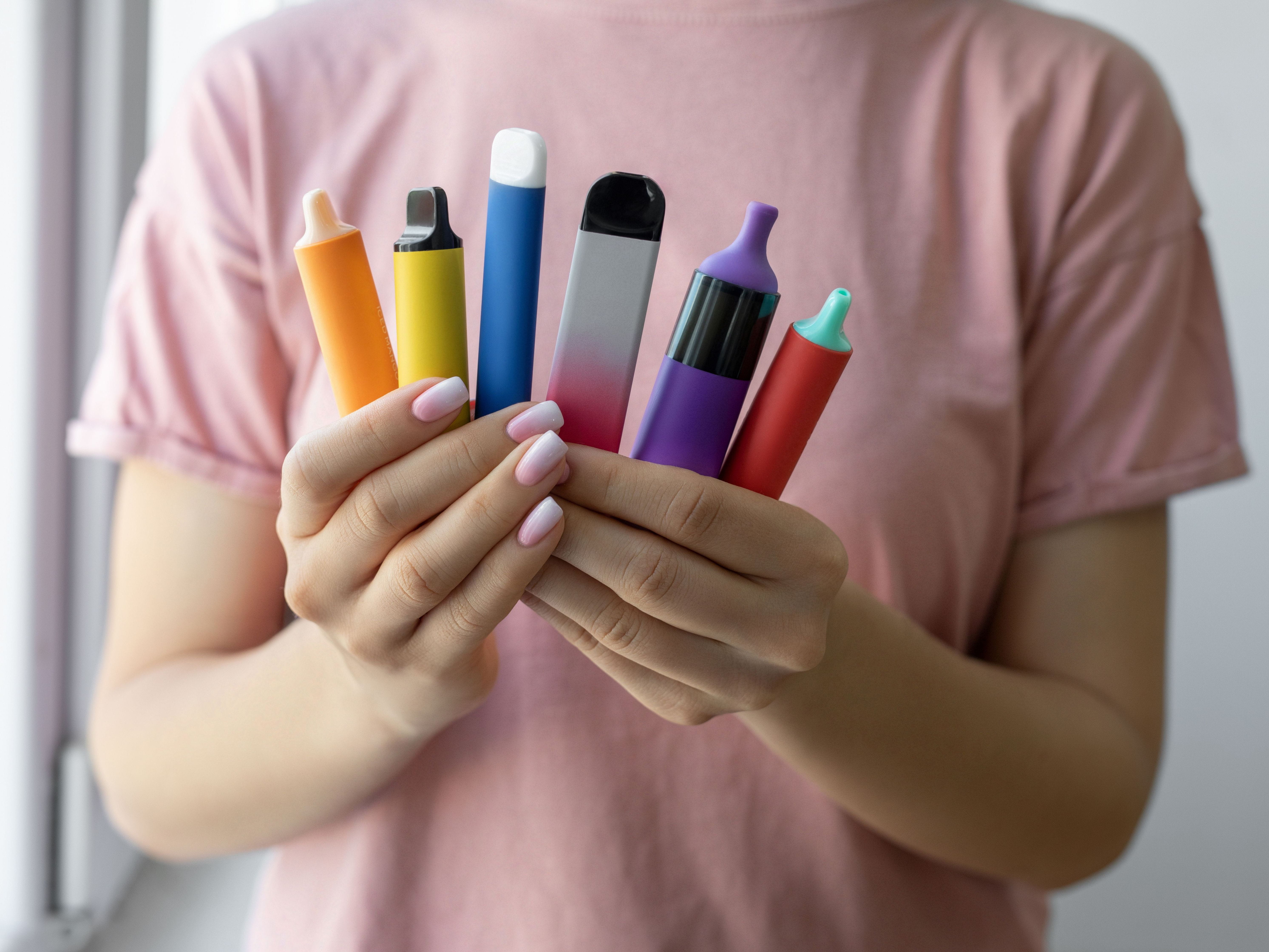Tobacco and Nicotine Poisoning

The Bottom Line
Tobacco is obtained from plants of the genus Nicotania. It contains the chemical nicotine, which is addictive. Smoking or chewing tobacco can cause cancer, heart and lung disease, stroke, and diabetes, among other medical conditions. Poisoning symptoms include vomiting, agitation, lethargy, and seizures, as well as abnormal heart rate, blood pressure, and respiration.

What is tobacco? Is it addictive?
Tobacco is obtained from plants from the genus Nicotania. The term “tobacco” is used for products that come from the cured, aged, and processed leaves of these plants. Tobacco contains the chemical nicotine, which is addictive.Does chewing tobacco cause cancer?
Yes, chewing tobacco can lead to oral and throat cancer, including cancer of the lips, cheeks, gums, mouth, tongue, and esophagus. The risk is higher in people who chew or snuff tobacco than in those who don’t use it. While it takes years to develop cancer, the rate depends on how much you use it and for how long. Cancer can occur with less than 10 years of use.
Other health risks associated with tobacco include heart disease, stroke, lung disease, and type 2 diabetes.
Is chewing tobacco safer than smoking?
No, chewing tobacco is not safer than smoking. Besides cancer, it can also increase your risk of heart disease, including heart attack and stroke.How harmful are other nicotine containing products?
Other nicotine-containing products can cause toxicity with relatively small amounts of the product. The amount of nicotine varies, including 10-20 mg per mL (100 mg per teaspoonful) in E-cigarette liquid, 2-4 mg in nicotine gum, 1 mg in nicotine nasal spray, 2-4 mg in nicotine lozenges and 7, 14, or 21 mg in the transdermal nicotine patches. Except for E-cigarette liquid, these products are available as part of therapy to help you stop smoking. If these products are swallowed or get on the skin or in the eyes, nicotine toxicity can occur even with a small amount.Using tobacco during pregnancy: Is it safe?
No, using tobacco during pregnancy is not safe. Smoking can slow a baby’s growth and increase the chance of a premature birth. You are also more likely to bleed during pregnancy and delivery. Smoking can also cause birth defects, such as cleft palate, and can injury the baby’s lungs and brain. Smoking during pregnancy and afterwards can increase the chance of sudden infant death syndrome.Signs and symptoms of nicotine poisoning
Symptoms of nicotine poisoning usually occur quickly after swallowing most nicotine-containing products. Signs and symptoms of nicotine poisoning include nausea, vomiting, abdominal pain, and diarrhea. Other symptoms include dizziness, sweating, salivation, muscle weakness, confusion, agitation, sleepiness, and seizures. Effects on the heart include increased heart rate and blood pressure followed by decreased heart rate and blood pressure.
In large overdoses, trouble breathing including respiratory arrest can occur. If someone swallows a cigarette or other nicotine product, gets nicotine in the eyes or on the skin, or if you have a question about cigarettes or other nicotine products, help from experts is available through the webPOISONCONTROL online tool and by phone at 1-800-222-1222. Poison Control’s expert guidance is always free, confidential, and available 24 hours a day.
In 2023, 2,555 people used the webPOISONCONTROL expert online tool to find out what to do in a poisoning emergency involving tobcco, nicotine and e-cigarette products. About half of those (1,260 cases) were concerned about possible exposure to too much liquid nicotine from an e-cigarette. The others were exposures to tobacco products such as cigarettes and cigarette butts (750), dissolvable tobacco (199), chewing tobacco (133) and snuff (79). 73 people were exposed to nicotine pharmaceuticals, or nicotine replacement products such as nicotine patches and gums. Nearly 73% of all these nicotine exposures occurred in children ages 1 year and less, suggesting these products are readily accessible to infants and toddlers in the home.
My child swallowed tobacco. What should I do?
Cigarette tobacco contains 10-15 mg of nicotine/cigarette. Chewing tobacco contains as much as 5 times as much tobacco as a cigarette. If your child ingests a tobacco product, wipe out the mouth to remove remaining tobacco and rinse out the mouth with water. Use the webPOISONCONTROL online tool or call Poison Control right awayto find out if your child can stay at home or should be seen by a health care professional.Clinical Toxicologist
Poison Control Media Information
Did you find this page helpful? If so, we need your support. Poison Control is in constant competition with misinformation online. Links to www.poison.org or our webPOISONCONTROL triage tool from other websites and blogs help internet searchers quickly find accurate information and Poison Control’s contact information in an emergency. If you use the content from this page, please provide attribution via a link back to this page, www.poison.org, or https://triage.webpoisoncontrol.org/#!/exclusions. By doing so, you could save a life. Thank you!
Poisoned?
Call 1-800-222-1222 or
Prevention Tips
- Store nicotine containing products up, away, and out of sight of children.
- Read the product label and follow directions for using nicotine containing products.
- Be sure that your nicotine patch does not accidentally transfer from your skin to your child’s skin.
- Be sure that discarded nicotine products such as cigarette butts, chewing tobacco, gum, and patches are in containers that children cannot access or open
- If you chew and spit tobacco, be sure that the container with your saliva is out of reach of children and pets.
This Really Happened
A 2-year-old boy woke up before his parents and wandered into the living room where he found ash trays with cigarette butts that had been left after a party the previous evening. He ingested several cigarette butts before being discovered by his parents. He vomited twice and was agitated. His parents took him to the Emergency Room where he vomited and was found to be sweaty and sleepy. Poison Control was contacted and instructed the physician to monitor his vital signs and observe for evidence of worsening mental status, seizures, and respiratory distress. Because he was vomiting, he could not be treated with orally administered activated charcoal. Gradually his mental status improved and his blood pressure, heart rate, and respiration remained normal. He was observed for 6 hours. His symptoms resolved and he was sent home.For More Information
References
Poisoned?
Call 1-800-222-1222 or
Prevention Tips
- Store nicotine containing products up, away, and out of sight of children.
- Read the product label and follow directions for using nicotine containing products.
- Be sure that your nicotine patch does not accidentally transfer from your skin to your child’s skin.
- Be sure that discarded nicotine products such as cigarette butts, chewing tobacco, gum, and patches are in containers that children cannot access or open
- If you chew and spit tobacco, be sure that the container with your saliva is out of reach of children and pets.
